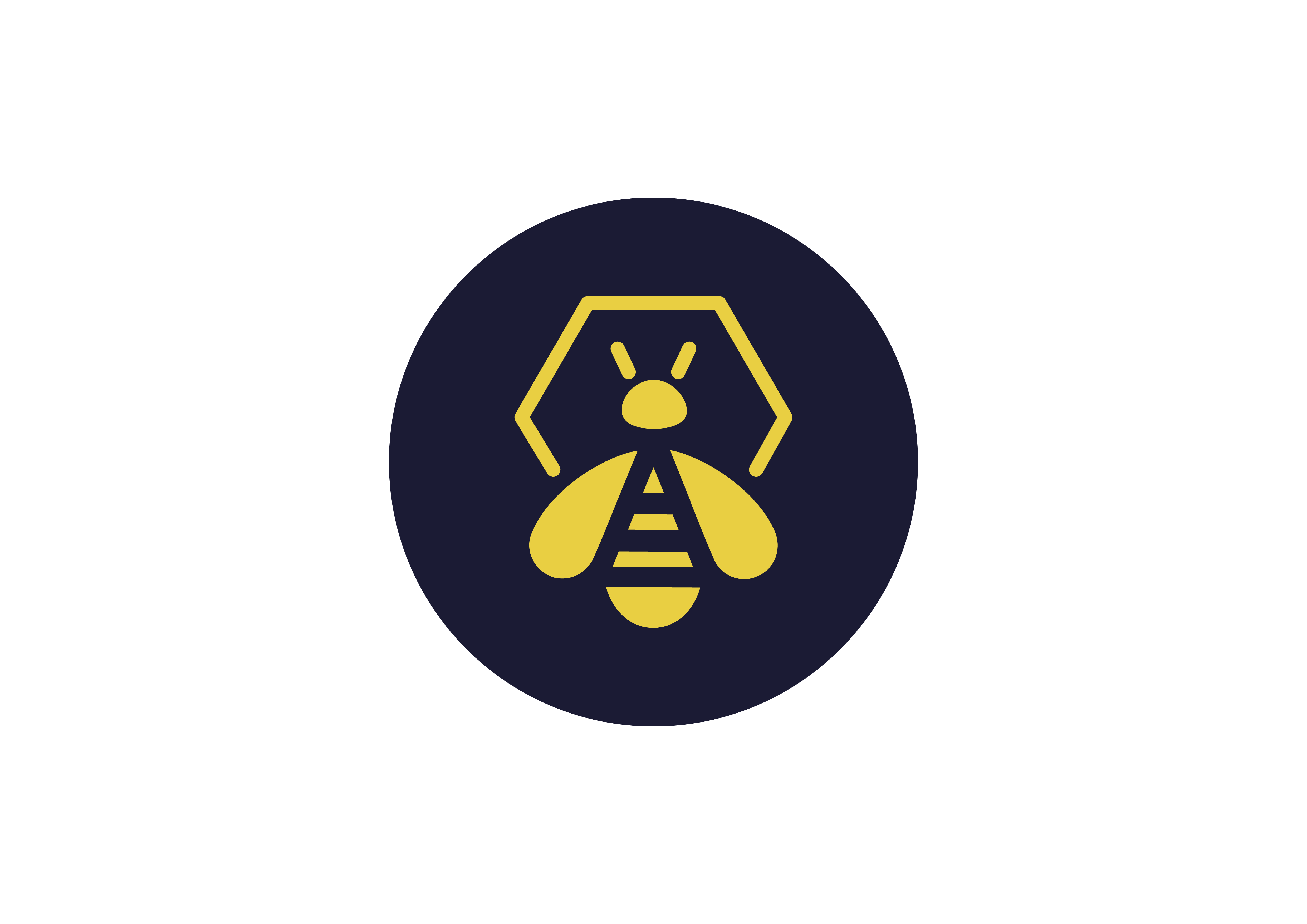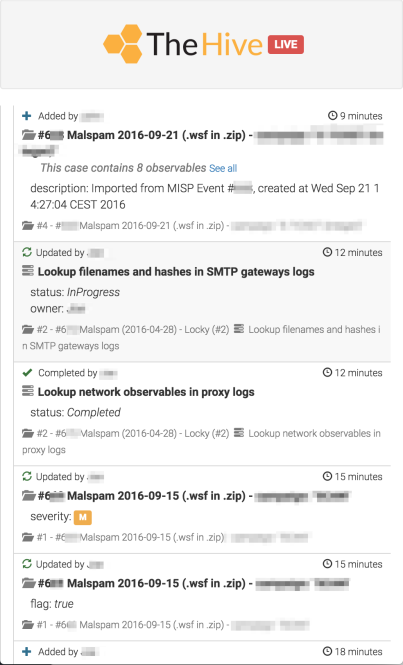A new version of TheHive will be released by the end of June. We will take this opportunity to review our release naming and numbering from the ground up.
Months ago, we started giving ‘major’ versions (2.10, 2.11, …) the name of honey bee varieties. 2.10 was called Buckfast. 2.11, the current version, is called Mellifera. And we were supposed to give 2.12 yet another name. However, and after the few hiccups we’ve encountered with our QA as of late, we have decided to change things around in order to make sure new releases are as stable and well-maintained as you should expect them to be.
Starting from the next release (2.12), we will abide by the following numbering scheme:
- Major versions == X (2, 3, …)
- Minor versions = X.Y (2.12, 2.13, 3.1, …)
- Hotfix/maintenance versions = X.Y.Z (2.12.1, 2.13.2, 3.1.1, …)
Only major versions will have corresponding honey bee names. So long as we stay with v2, we’ll keep calling all the minor versions Mellifera N (2.12.0 = Mellifera 12). Version 3 will be called Cerana.
Mellifera 12 – June 29, 2017 (planned date)
Mellifera 12 (v 2.12) will succeed to Mellifera 2 (the current version) to comply with the new naming scheme. It will allow you to see how similar new alerts are to existing cases so you can decide whether you import them into an existing case, create a new one or ignore them altogether. Mellifera 12 will show you the status of all the related cases (#229) to the one you are working on. Finally, you’ll have the ability to change the default case template before importing an alert.
M12 will also support custom fields (#12), a feature that has been requested by numerous users. This version will also add mini-reports to the Observables tab. That way, once a Cortex analysis has been completed, analysts will be able to view part or all the resulting short report in that tab instead of having to navigate to the page of each observable to read the short report.
Mellifera 13 – September 14, 2017
TheHive 2.13 should be the last Mellifera version. It will complete TheHive’s integration with MISP by adding the ability to export all observables or a subset of them to a MISP instance. Please note that TheHive allowed you from the start to import events from multiple MISP instances but since sharing is caring, we wanted to add the ability to export to this very popular threat sharing platform from your Security Incident Response Platform (SIRP). We do not want to rush it though.
Cerana – October 12, 2017
Cerana or TheHive 3.0.0 will bring a complete UI overhaul to make it even easier to work on cases, perform analysis and get your job done, after the interface refreshments Mellifera brought. It will lay the ground for some nifty features we have in mind.
Cerana 1 – November 15, 2017
TheHive 3.1.0 will include dynamic dashboards: the ability to work with the statistics and metrics the way you want and generate customized dashboards to help you drive your activities.
Keep an eye on TheHive’s milestones on GitHub. There are other features and enhancements that we might add as we progress and we will reflect them on that page.
Correction: June 12, 2017
An earlier version mentioned GitHub issue #36 as pertaining to custom fields while it is a request for globally-defined tags that an analyst can choose from.



